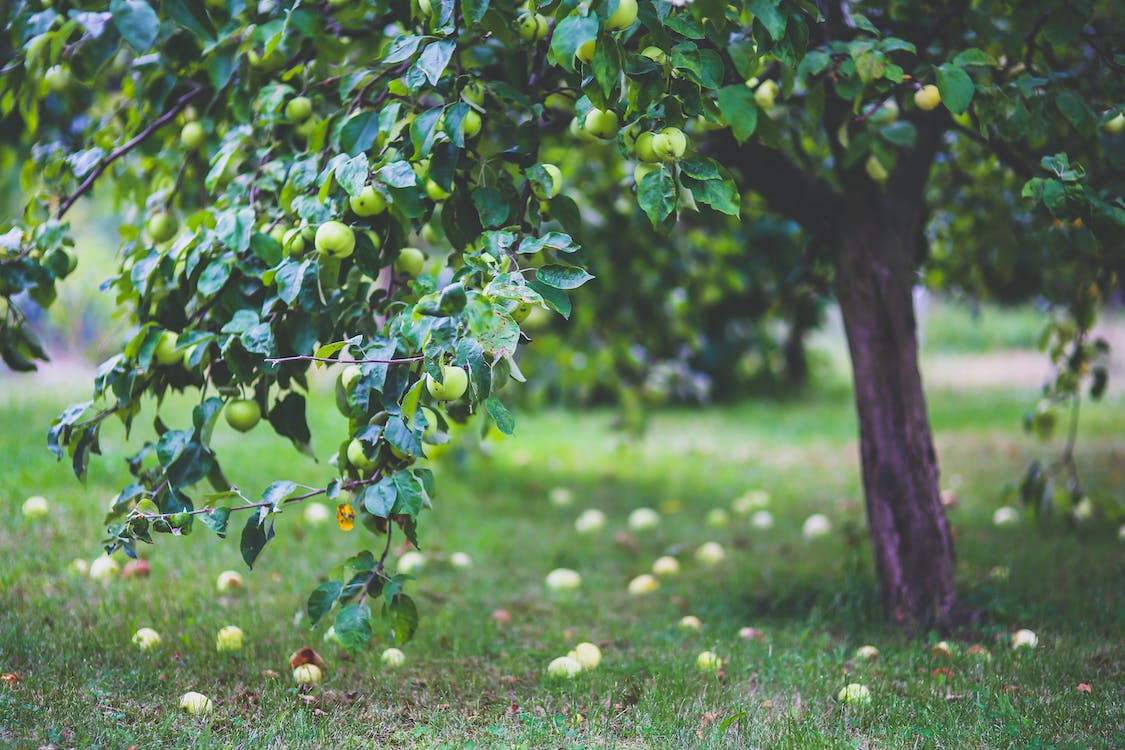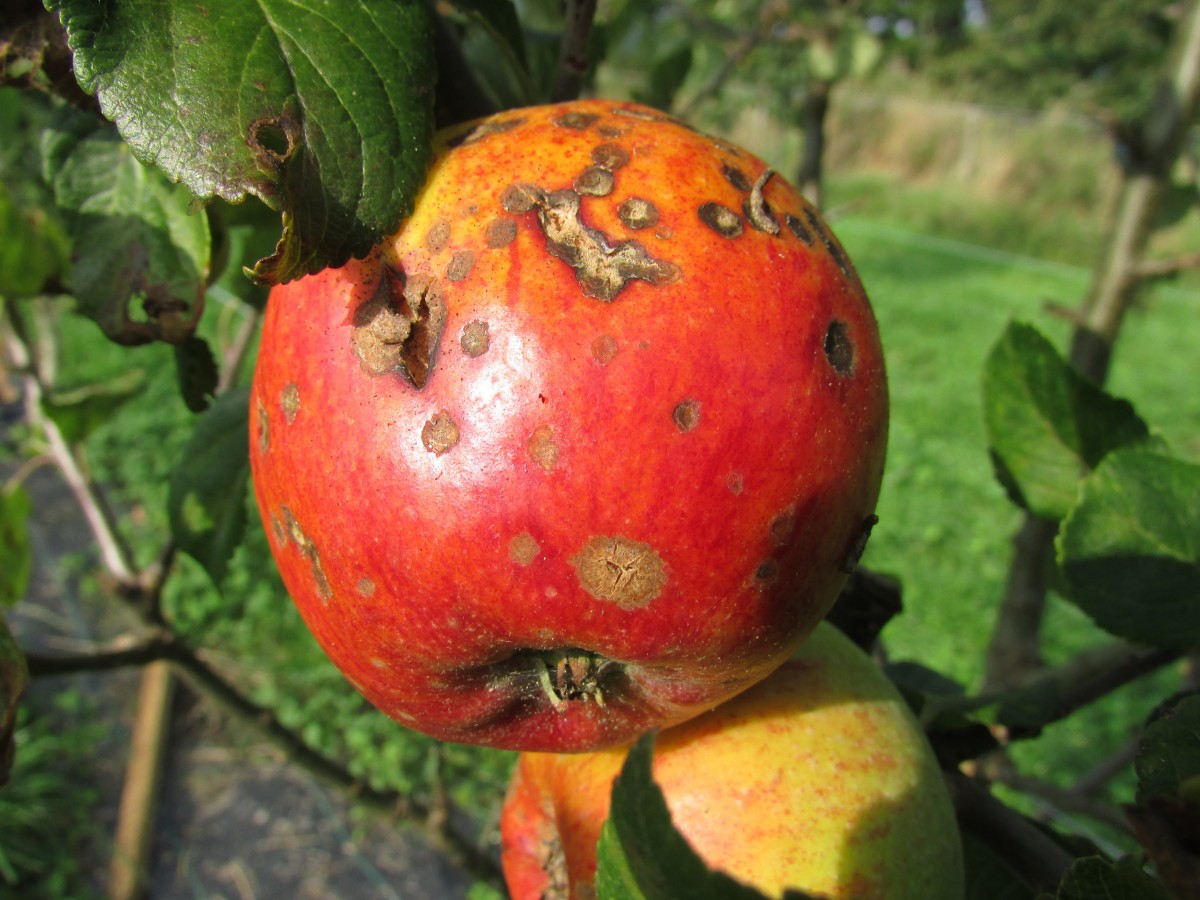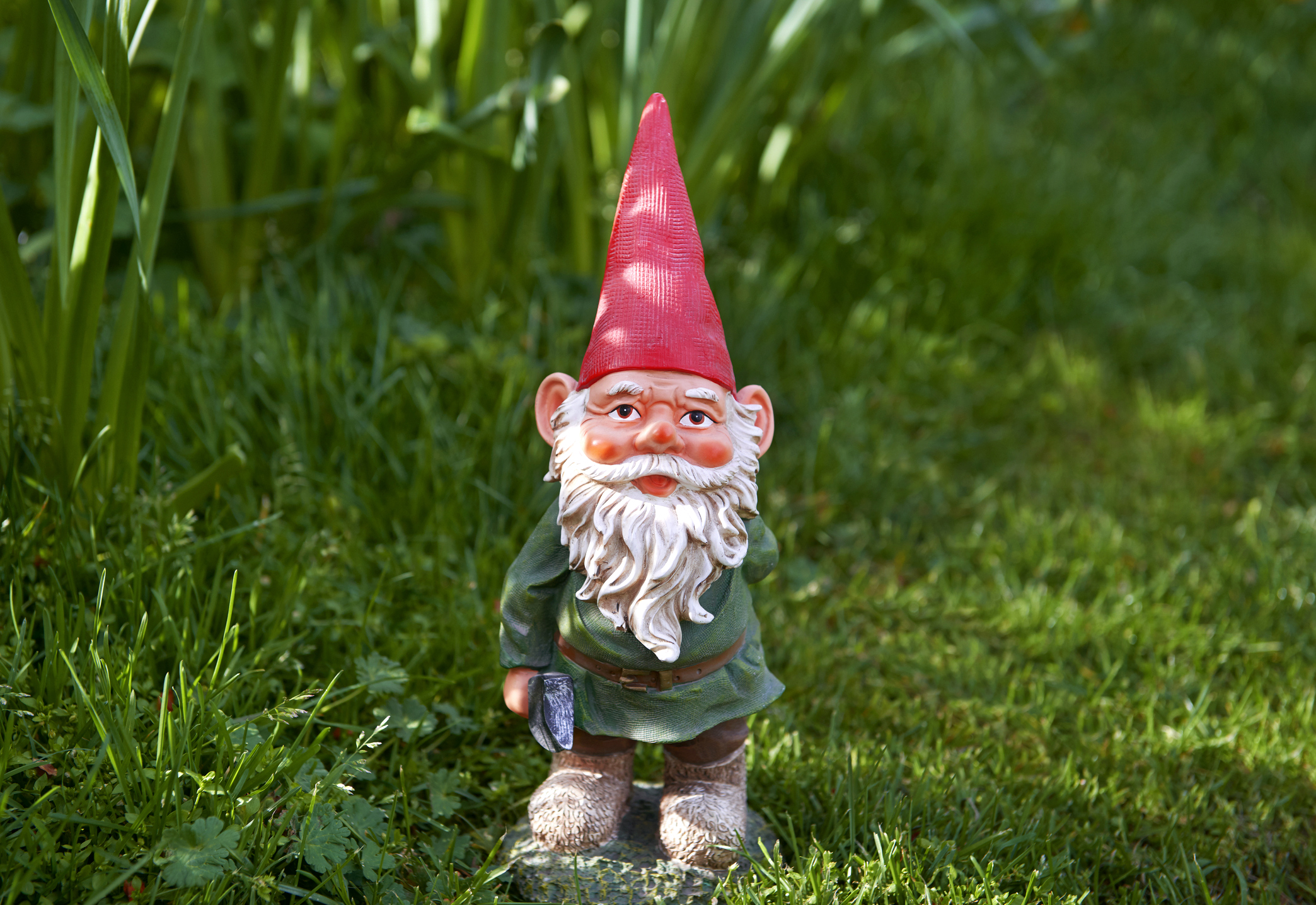3 Steps for Treating Fruit Tree Moniliasis
Summary
– Focus on moniliasis
– Step 1: Prevent Monilinia
– Step 2: Diagnose moniliasis
– Step 3: Take action in case of moniliosis
Monilinia can ruin orchard crops by causing fruit to rot. The fight against this disease requires different methods, mainly preventive.
This post explains how to treat moniliosis in the orchard and prevent fruit rot.
Focus on moniliosis
Monilium wilt is a fungal disease caused by the fungi Monilia fructigena and Monilia laxa, which can infect the flowers, leaves, fruits and branches of fruit trees.
The disease appears in wet weather and mainly in spring, especially when it rains at flowering time.
The fungus can overwinter in tree wounds, on branches, leaves, and of course, on damaged fruit left on the tree or fallen to the ground. Spread by wind and insects, moniliosis is highly contagious.
Many fruit trees are susceptible to moniliasis:
– apple trees;
– pear trees;
– quince trees;
– peach trees;
– apricot trees;
– plum trees;
– cherry trees;
– citrus trees…
Preventive control of moniliosis
Monilosis being a widespread and dreaded disease, it is strongly recommended that all gardeners carry out a preventive treatment on the susceptible trees to put on their side all the chances to obtain healthy harvests.
Thin your fruit trees
In the spring, after the first fruits appear, thin your fruit trees if they have a large crop, to avoid fruits touching each other and promoting the spread of moniliosis.
Monitor the condition of the trees
– Remove moss and dead wood regularly.
– If you notice a wound, apply healing putty (or Norway tar). Please do the same when you prune the tree or accidentally injure it.
Preventative treatment with Bordeaux mixture
Bordeaux mixture is the most common preventive treatment for monilium wilt. Spray a solution of 10 g per litre:
– in autumn, at leaf fall ;
– then in early spring, as soon as the buds swell (bud break).
Note: in case of a particularly wet spring, repeat the operation 1 or 2 times at 15 days interval.
Preventative treatment with horseradish infusion or horsetail decoction
Horseradish infusion, or alternatively horsetail decoction (less efficient), is a perfectly organic preventive treatment for moniliasis.
– Horseradish infusion:
◦ Make it yourself, as it is not commercially available.
◦ Use it pure.
◦ Spray it at the very beginning of flowering.
◦ Repeat the treatment at least 3 times, 3 weeks apart.
Horsetail Decoction:
◦ Make it yourself or use horsetail decoction sold in garden centers.
◦ Dilute the decoction to 20% (for 1 litre of decoction, add 4 litres of water).
◦ Spray it at the very beginning of flowering.
◦ Repeat several times throughout the spring and summer.
Tip: To limit the risk of moniliosis attack, plant horseradish at the base of your fruit trees.
Preventative treatment with tree spawn
For more safety, brush the trunks of your fruit trees in winter with tree white (lime milk).
Preventative treatment with fenbucozanole
In case of heavy attacks of moniliosis, you can apply a chemical fungicide based on fenbucozanole the following spring, to be sprayed from the beginning of the bloom.
Diagnose monilium wilt
– Discrete symptoms of monilium wilt can be spotted as early as spring, with flowers appearing dried out.
– You can also observe a drying of the leaves, a dieback of the branches, an abundant gum flow on the branches and cankers on the trunks.
– The disease is most obvious on the fruit:
◦ appearance of a brown rot and concentric circles with white pustules ;
◦ then mummification of the fruit, which shrivels and dries out, often remaining attached to the tree all winter if left unattended.
Note: Monilinia symptoms can also appear after harvest on preserved fruit.
Take action if moniliasis is confirmed

If monilium wilt is present, it is essential to take measures that will limit the further spread of the disease:
– Remove all affected fruits (do not leave them on the tree) and collect those that have fallen to the ground.
– Prune the infected branches and disinfect your pruning tools with alcohol at 90°.
– At the beginning of winter, rake up dead leaves from under infected trees.
– Preferably, burn contaminated fruit, twigs and leaves or dispose of them away from the orchard.
Materials needed to treat moniliasis
90° alcohol
Healing putty
Pressure sprayer
Leaf rake
Pruning shears



